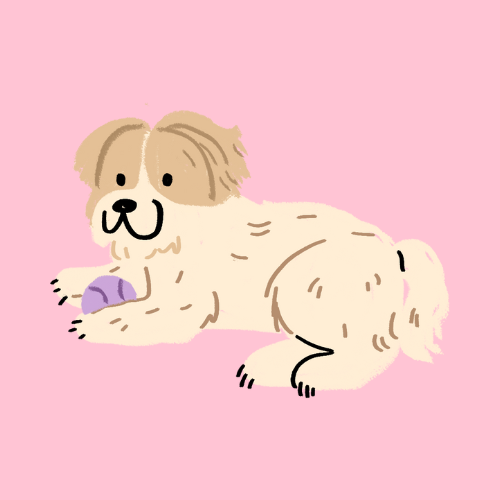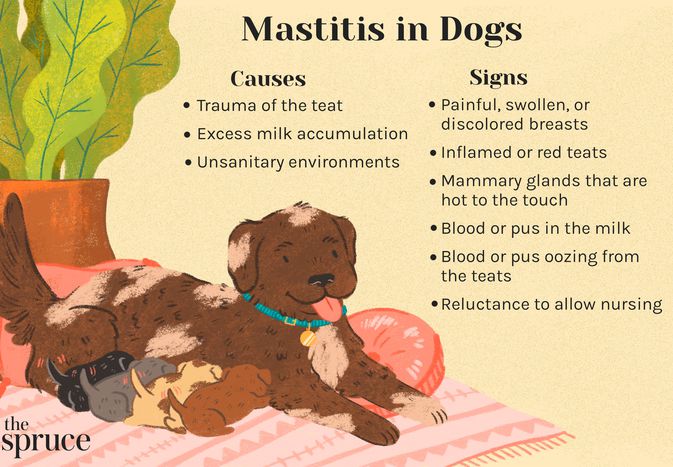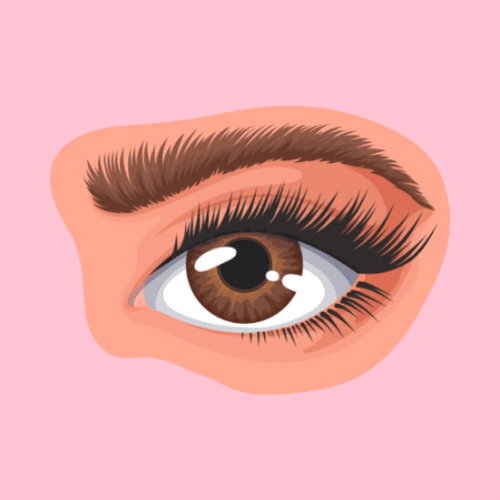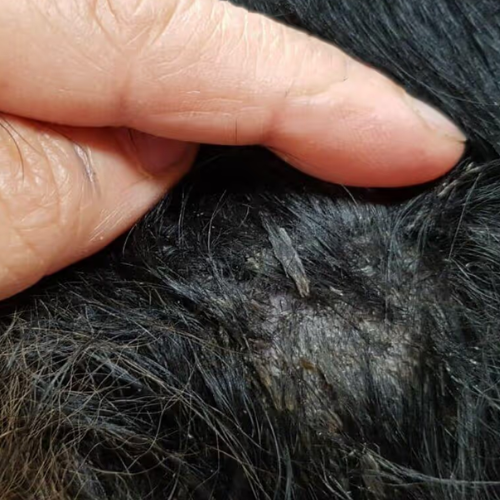When you buy a dog, you are entering into the life of a new family companion, and there is nothing more fascinating than your pet’s reproductive cycle and everything related to it. You are committing to a new responsibility when you get a dog. If your furry companion hasn’t been spayed yet, you’ve undoubtedly been warned to prepare for the possibility that she could go into heat.

During and after the heat cycle, numerous changes happen to your female dog’s body, one of which is the size of your dog’s nipples. But the question is: Will your puppy’s nipples go back to normal after heat?
The answer is yes; your pup’s nipples will go back to normal after heat (if there is no infection or abnormal teat inflammation (Mastitis). Usually, it will take anywhere from 15-30 days for the nipples to return to their normal state after heat.
Enlargement of nipples also occurs in a false pregnancy, when a female starts to act like she’s pregnant even though she’s not. Watch out for this, although it usually resolves within a couple of weeks after the cycle finishes.
Reasons: Why Do Female Pups’ Nipples Get Enlarged After Heat?
The most prevalent causes of nipple enlargement in a female dog are when she is pregnant or in heat. When a female pup becomes pregnant, she will have a greater-than-normal amount of milk production in her breasts. This can induce her nipples to expand, making them appear bigger than they actually are.
It is common for a pregnant female dog to go into heat during pregnancy. This indicates that they might be ovulating and getting their period shortly after giving birth.
It is essential to closely check a pregnant female pooch who has just delivered her puppies. The dog may show signs of heat by licking or biting at her vagina, and she may also have an upset stomach by doing this.
It is also conceivable for the nipples of a female dog to be enlarged after they have engaged in a large amount of physical activity.
Another typical cause of swollen nipples is when the dog is pregnant or breastfeeding puppies. This causes the blood flow to rise to this area because the dog has to deliver oxygenated blood to the newborns.
It is expected that the enlarged nipples will disappear on their own once the pups have been weaned and are no longer feeding. As long as this swelling goes gone within a few weeks, there is no need to seek any kind of medical care for it.
Symptoms of Your Pup’s Swollen Nipples
Dogs with enlarged nipples may exhibit a wide variety of symptoms.

Some of these signs are highly noticeable, such as the fact that the nipples are noticeably enlarged and red.
Among the other symptoms are the following:
- Weight change
- Fever
- Experiencing pain in the mammary glands or the surrounding tissue of your dog
- A decreased desire to eat
- discharge from an enlarged nipple (blood or discolored)
A trip to the vet can help rule out possible causes of the swelling and provide you peace of mind.
When Should You Be Concerned About Your Dog’s Nipples
The following symptoms warrant immediate attention from a veterinarian:
- Presence of bumps on nipples
- Dog excessively licking or touching their nipples
- The swelling of the nipples has persisted for more than six weeks, even though you are confident that you carefully observed your furry companion throughout their heat phase (to ensure that they are not pregnant).
- The nipple color isn’t the typical pink or black tint
- The nipples are oozing what seems to be pus or blood
- Your dog may suffer from an infection, an allergic response, or some significant underlying medical condition, such as Mastitis, if it displays these symptoms.
Since your veterinarian can only tell the difference between the normal and abnormal enlargement (Mastitis) of the nipple, you must get their assistance.
What Is Mastitis
Dog owners often worry about getting Mastitis, especially if the female dog owner has young puppies too. In dogs, inflammation/infection of the mammary glands is referred to as Mastitis.
In most cases, illness strikes female dogs that have recently given birth to their first litter of puppies and are now caring for them. The immaturity of the puppies makes it more likely that they may scratch their mother’s nipples when they are feeding, which can result in the nipples becoming cracked and enlarged. Because of this, the milk ducts are more likely to become infected with germs. It is also possible for it to afflict male dogs.
These are some of the symptoms of this condition:
- Enlarged lymph nodes in the area around the mammary glands
- Itchiness in the region surrounding the nipple
- Pus or milk that is thick and stringy, originating from the nipples
- Stress
- Reddish color
- Fever
- Nipple pain
- Crying
- Lethargy
- Chills
- Fever
Certain dog breeds are more prone to developing Mastitis than others. Because of their larger size, typical dog breeds, such as greyhounds and German shepherds, are more likely to experience problems associated with this illness. It is ideal for preventing Mastitis in dogs by waiting until they are at least two years old before breeding them.
If a dog in the litter has Mastitis, the entire litter must be overseen to prevent the infection from spreading to the other dogs. Licking one other’s mammary glands is a known method through which dogs can pass on this condition to one another. If the mother has Mastitis, the puppies should not consume her milk because it contains hazardous bacteria.
How Should Mastitis in Dogs Be Treated?
In most cases of canine Mastitis, your pup will require antibiotics prescribed by your veterinary professional. If the ailment is not addressed, it has the potential to cause your canine pal to develop a high temperature.
To determine whether or not your pet’s mammary glands are showing any indications of infection, your vet will be able to utilize an ultrasound machine. They may also conduct a culture and sensitivities test on the milk you extract from your puppy’s mammary glands to determine whether or not a particular species of bacteria brings on the infection.
If the antibiotics are ineffective, there is a chance that the abscess in your puppy’s mammary glands has spread to other parts of the gland.
Will My Dog’s Nipples Become Less Noticeable Following the Spay Procedure?
After being spayed, the nipples of dogs do really get smaller and frequently revert to their pre-pubescent condition. This depends on the dog’s age and the number of menstrual cycles the dog has gone through before being spayed.
- How to Fix East-West Feet in Dogs?
- Is Tcp Ok for Dogs?
- Will My Dog’s Hair Grow Back After Scabs? [Full Guide]
Conclusion
After the first heat cycle, a dog’s nipples may expand to a larger size than usual, but they should return to their regular size within 4-6 weeks.
Most female dogs only go into heat two or three times a year, so it is something that you will only notice sometimes, and there is no need for concern if it is connected to her being in season. If the nipple enlargement is not due to the heat, you must consult with your vet.

Doctor of Veterinary Medicine (D.V.M.) at Nation Taiwan University,Master of Science (M.S.) in Biomedical Engineering at National Taiwan University of Science and Technology





